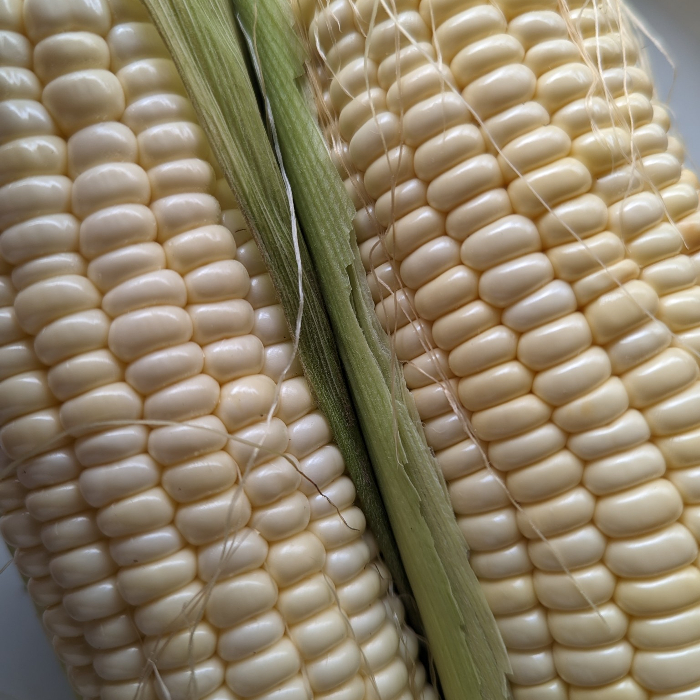UNITED STATES—Warm season vegetables, or summer vegetables, can occupy a garden systematically. A few lingering cool season vegetables may continue production for a while. Warm season vegetable plants can replace them as they finish. Several warm season vegetable plants should start as early as possible. Others grow in a few later phases through their season.
For example, indeterminate tomato plants are productive throughout their entire season. They can start as soon as convenient. However, determinate tomato plants produce only for two weeks or so. After their initial phase of a single plant or a few, subsequent phases can start about every two weeks. Each phase continues production after its predecessor.
Bush bean and several varieties of eggplant and pepper also produce for brief seasons. Okra and cucumber might produce for most of summer. Secondary phases may increase their production as well though. Of all warm season vegetable plants, corn benefits most from phasing. Each phase tends to mature so uniformly that it finishes within a few days.
Phases of warm season vegetables take turns producing.
Pole bean, squash, some cucumber and Indeterminate tomatoes need no phasing. Such warm season vegetable plants perform from spring planting until frost. Winter squash are warm season vegetable plants, but their fruit finishes for autumn. Indeterminate tomatoes are less profuse than determinate types. Cumulatively though, they are more productive.
It will soon be time to sow seed for corn, beans, root vegetables and most greens directly into garden soil. Seedlings for these warm season vegetable plants are not conducive to transplant. Besides, too many are needed. Cucumber and squash grow either from seed or small nursery seedlings. Only a few plants are needed, and they transplant efficiently.
For the same reasons, tomato, pepper and eggplant can grow from seedlings rather than seed. Moreover, since they are so vulnerable as they germinate and begin to grow, seed is less practical than seedlings. Varieties that are unavailable at nurseries can grow from seed in flats inside or in a greenhouse. Ideally, they should have started early enough for transplant into a garden during appropriate weather.
Highlight: Sweet Corn
Almost all corn that grows in home gardens is sweet corn (Zea mays convar. saccharata var. rugosa). It is among the most popular of the warm season vegetable plants. Popcorn remains uncommon for home gardening. Other types of corn are mostly grains and other agricultural commodities that are rare within home gardens. Some corn becomes biofuel.
Corn stalks can grow as high as 12 feet! Most popular varieties grow only about half as high. Each stalk should produce one or perhaps two ears of corn. Each ear produces many kernels of corn in very neat formation on a central cob, all within a tight foliar husk. Male blooms protrude from the tops of stalks like antennae. Foliage is coarse but grassy. Stalks resemble giant reed, except smaller.
Of the various warm season vegetables, corn is one of the more consumptive sorts. It occupies significant area. It requires methodical and generous irrigation. Also, it craves rich soil, but depletes nutrients. Corn grows best from seed sown directly into the garden. Squared orientation, rather than typical rows, improves pollination and ear development.
Tony Tomeo can be contacted at tonytomeo.com.






